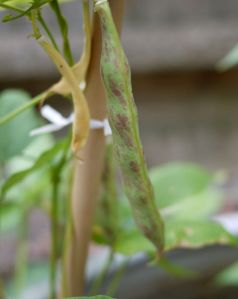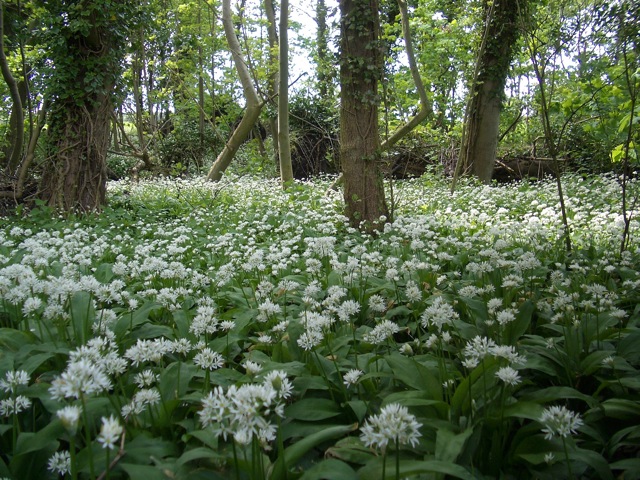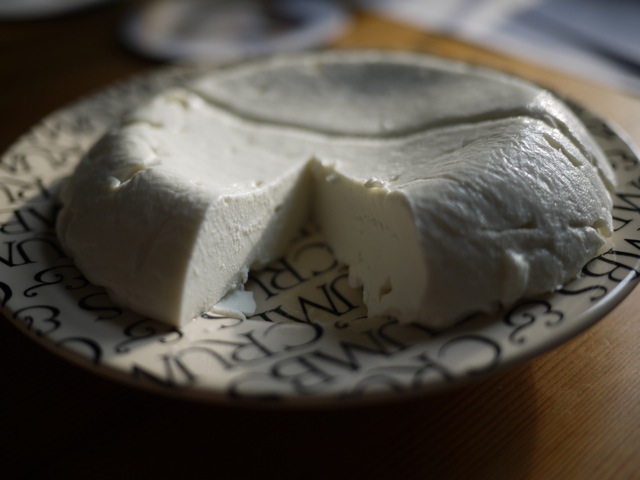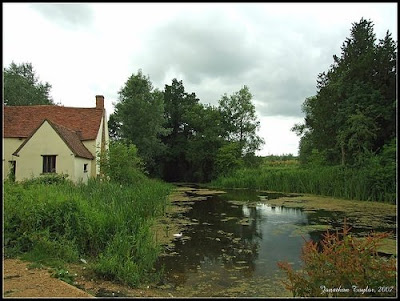 It really is amazing how a bit of sunshine, some daffodils and lots of blossom on the almond tree can make you come over all horticultural.
It really is amazing how a bit of sunshine, some daffodils and lots of blossom on the almond tree can make you come over all horticultural.
A few weeks ago I was thinking about growing veg from seed (its time to sow this weekend now its getting warmer), then we were reorganising the herb bed and lavishing love on the lemon tree but toady here’s a quick guide to making compost. Where will all this horticultural longing take me next?
How to make great compost?
Well first make sure you have a garden – its pretty useless to start a project like this if you’ve nowhere to keep the stuff whilst it works its composting magic and nowhere to use it when its ready – a balcony isn’t going to cut it I’m afraid. So a garden is key, or an allotment – but if you have one of those I don’t imagine you’ll be needing my composting tips (or perhaps you just had to sell the 4×4 to make ends meet and now you’ve decided to grow your own veg as well? If so read on). Anyway first step make sure you have a garden or allotment.
Step two – select a place in the garden where you are going to install your compost bin(s) preferably not next to the patio/terrace area – compost bins are functional rather than decorative.
Three – get a compost bin, buy a plastic one (some local councils sell them relatively cheaply or, of course, there’s you local garden centre) or get really creative and build one. Remember to select a suitable size bin; you don’t want enough compost for a small farm if your garden is 10 foot square or for the bin to be the defining feature of your garden. And remember like all purchases for the home it always looks smaller in the shop than it does when you get it home (or simply to your car; witness the IKEA car park on any Saturday anywhere in the world). Measure up carefully and there’ll be no need to get jammed in the doorway trying to get the compost bin in (or, as once happened to me, having to send back a really lovely but quite giant lampshade that we couldn’t get through the front door let alone to its final destination).
 Four – get composting with all the bits and bobs of veg trimmings, tea bags, coffee grounds (plenty of those in my house), insides of loo and kitchen rolls, egg boxes (though you might want to save those to plant seeds in), shredded paper and envelopes, garden cuttings, egg shells, dead bunches of flowers, newspaper, orange peel and so on. Water it once in a while (if you have one of those condenser tumbler driers with a water collecting tray and you use only ecofriendly wash powder etc then use that water). BUT DON’T put in meat, bread, fish or anything like cat litter! Oh and try not to only have grass cuttings in there – you’ll end up with slime.
Four – get composting with all the bits and bobs of veg trimmings, tea bags, coffee grounds (plenty of those in my house), insides of loo and kitchen rolls, egg boxes (though you might want to save those to plant seeds in), shredded paper and envelopes, garden cuttings, egg shells, dead bunches of flowers, newspaper, orange peel and so on. Water it once in a while (if you have one of those condenser tumbler driers with a water collecting tray and you use only ecofriendly wash powder etc then use that water). BUT DON’T put in meat, bread, fish or anything like cat litter! Oh and try not to only have grass cuttings in there – you’ll end up with slime.
Five – delight in the lovely worms that decide to come live in your compost (you don’t have to touch them).
Step six – wait for about 12 months whilst the debris works its magic and transforms itself. Use compost to enrich your garden soil. Sit back smugly and think of how you have reduced your carbon footprint a teeny tiny bit.
Seven – watch old episodes of ‘The Good Life’ for more inspiration ?.
For more information try this link to the RHS.









 Over the last few seasons we’ve had mixed cropping results – in the first few years after they were properly established we got a pretty good crop and then a couple of years ago they started to bolt very early in the season. We would get curious but quite attractive flowering rhubarb stems but very little worth harvesting and the flower stems are hollow so no good for the pot. It seems that letting them flower or bolt reduces the crop. This year we could see the same thing was going to happen again so after some searching in gardening books (most of which simply didn’t even seem to recognise the problem) we found some advice in a wonderful old book (The
Over the last few seasons we’ve had mixed cropping results – in the first few years after they were properly established we got a pretty good crop and then a couple of years ago they started to bolt very early in the season. We would get curious but quite attractive flowering rhubarb stems but very little worth harvesting and the flower stems are hollow so no good for the pot. It seems that letting them flower or bolt reduces the crop. This year we could see the same thing was going to happen again so after some searching in gardening books (most of which simply didn’t even seem to recognise the problem) we found some advice in a wonderful old book (The  It really is amazing how a bit of sunshine, some daffodils and lots of blossom on the almond tree can make you come over all horticultural.
It really is amazing how a bit of sunshine, some daffodils and lots of blossom on the almond tree can make you come over all horticultural.